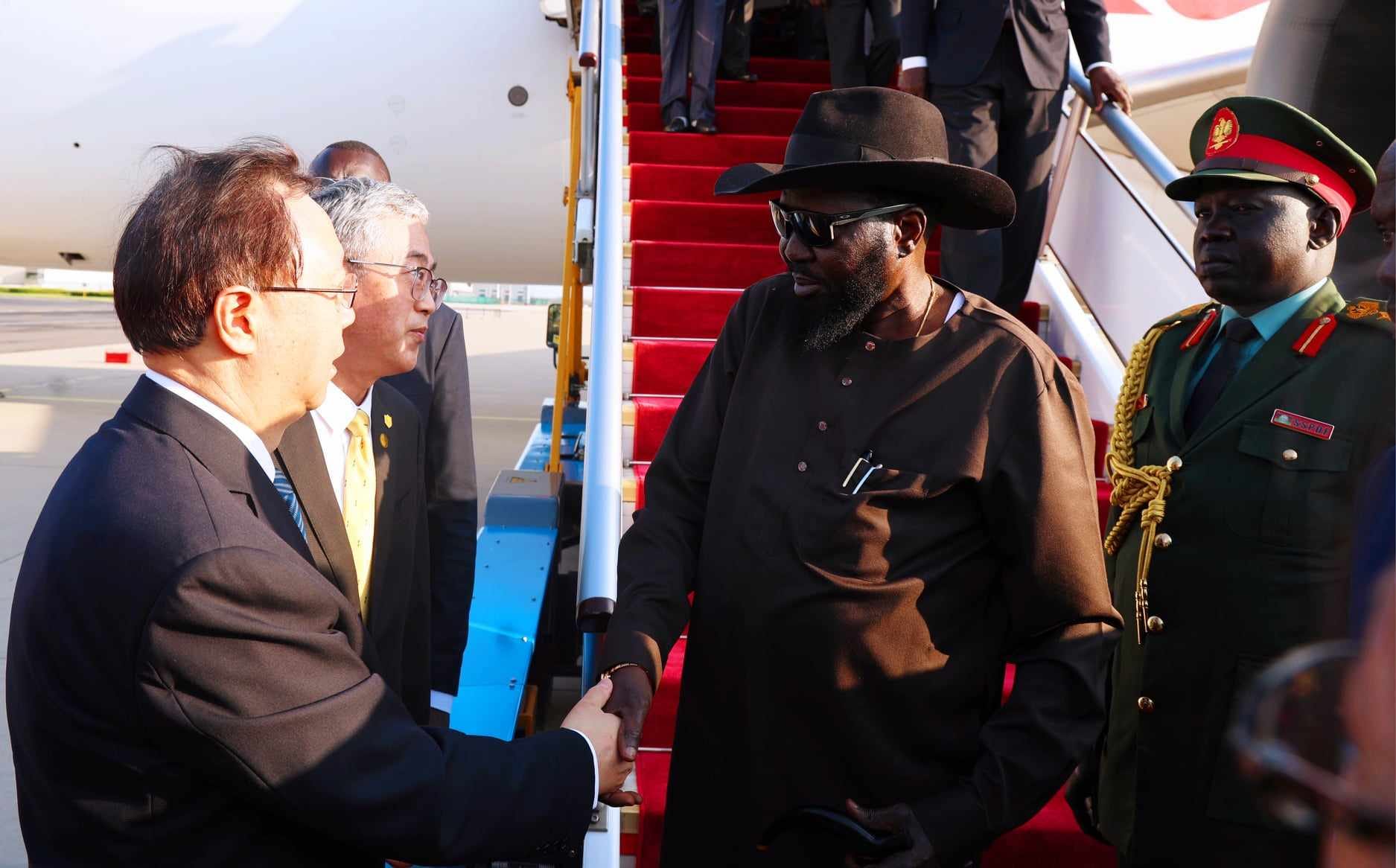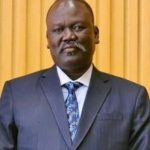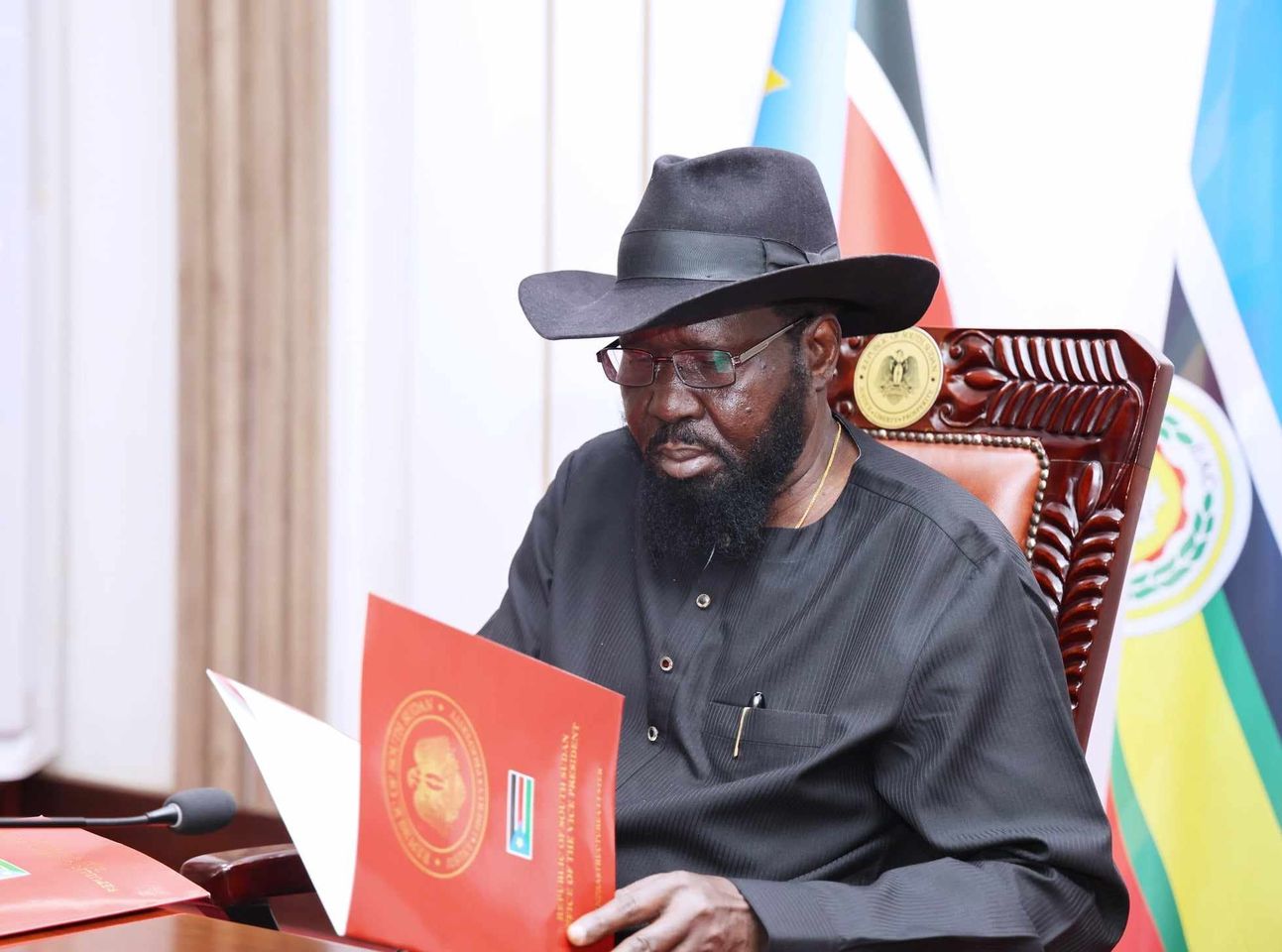
China’s production capacity continues to power Africa

Mubarak Mugabo
Uganda recently commissioned two electricity substations in its West Nile region, which is tapping Chinese-funded hydropower projects. West Nile, home to about three million people, is one of Uganda’s underdeveloped regions. It was isolated from the national electricity grid for decades and used diesel generators for electricity.
Other regions used kerosene to light their homes and for their businesses, which in due course polluted the environment. A report issued by Uganda’s Ministry of Energy and Mineral Development in 2018 revealed that firewood and timber accounted for 85 percent of the primary source of energy in the West Nile.
Uganda had a generation capacity of 150 megawatts before the 1990s, not enough for the entire country. Even after the construction of the 250 MW Bujagali Hydropower Plant in eastern Uganda with funding from Western banks, Uganda’s electricity consumption demand reached 500 MW by 2013. The domestic installed capacity was just sufficient to meet this demand, leaving little margin for growth or unforeseen increases in consumption.
This story is not much different from the story of neighboring Kenya and many other sub-Saharan African countries. Currently, 600 million Africans remain without access to electricity, posing significant challenges to healthcare, education, productivity, digital inclusion and, ultimately, job creation. Uganda, for example, experienced loadshedding for decades until the early 2000s, which became the new normal.
However, instead of practical support, Africa has been getting lectures on the Western concepts of rights and democracy from Western institutions. China, on the other hand, has been a friend indeed for African countries and Africa has seen mutually respectful exchanges with China for decades. With China’s rapid development, especially after the Forum on China-Africa Cooperation Summit (FOCAC) came into existence in 2000, no-strings-attached win-win cooperation and engagement between Africa and China have been catapulted.
China is committed to programs which will not only meet Africa’s needs, but also address the challenges hindering the continent’s development. In 2015, Uganda secured a $482.5 million loan from the Export-Import Bank of China to fund the construction of the 183 MW Isimba Hydropower Project, which would support electricity generation far beyond Uganda’s domestic consumption.
The same year, another $1.4 billion loan was also secured from the same bank to finance the 600 MW Karuma Hydropower Plant, Uganda’s largest hydropower project.
Today, Uganda has an installed power generation capacity of approximately 2,000 MW. The Karuma Hydropower Plant is expected to save about 1.31 million tonnes of raw coal and reduce carbon dioxide emissions by 3.48 million tonnes annually, which is equivalent to planting 1.5 million trees.
It has also connected the West Nile region to the national grid. With this achievement, the region will soon see industrial parks being established. Karuma’s completion has also led to Uganda to start constructing a transmission line to neighboring South Sudan. The newest African country is facing energy deficits as well.
From 2010 to 2020, China built and financed 96 projects aimed at enhancing Africa’s power generation capacity. These energy initiatives, among which many are green ones, are increasing electricity supply, bolstering energy security, reducing reliance on petroleum imports and mitigating the impact of climate change both in Africa and globally.
A green transition is everyone’s goal, but unfortunately, some want to play politics. The Western media has been peddling lies that China’s increased funding of projects in Africa is aimed at addressing China’s overcapacity. They claim that as China struggles with its “overcapacity” in green products such as solar panels, Africa is its “dumping ground.”
Such claims are utterly absurd. China does not face an “overcapacity” issue. Overcapacity must be evaluated in the context of long-term demand. For example, according to a report by the International Renewable Energy Agency, global installed solar photovoltaic capacity would increase to 5,457 GW by 2030. However, based on the current annual global increase, it is estimated that the total capacity will reach only about 2,000 GW by 2030, which means the current capacity is falling short of meeting this expected target.
Apart from that, the Western media’s narrow definition of “overcapacity” as “production exceeding domestic needs” ignores economic fundamentals. When domestic demand is met, the surplus products naturally flow to export markets. If countries produced only for their own needs, cross-border trade wouldn’t exist. Thus, the idea of China “dumping” excess capacity in Africa is unfounded.
This is not the first time the West has used “overcapacity” as a pretext to smear China. When China joined the World Trade Organization in 2001, its large exports of high-quality, affordable goods were labeled as “overcapacity.” Later, the Belt and Road Initiative was similarly criticized, though it actually supported the industrialization needs of African nations and fostered mutual benefits. Now, as China exports new energy products that align perfectly with the environmental values the West has long promoted to the world, the West is once again spinning the narrative of “overcapacity.”
China’s hydro products are transforming Uganda and the rest of Africa in many ways. Industrial parks have been established in areas where these hydro and solar power projects have been built. Uganda expects more, given the increase in clean energy generation products. As long as China’s products boost African industries, create local jobs and increase household incomes, why would it be a problem?
This labeling also exposes the double standards of some Western countries, especially the United States. The U.S. has been pressuring and trying to coordinate its allies to suppress China, in order to repatriate industries, especially high-tech capacity into the U.S. Take the semi-conductor sector as an example. The U.S. is leading the world in terms of designing, producing and exporting high-end chips – in other words, it has a large and strong capacity, even an “overcapacity” in this area, by the U.S. standard. Yet, it not only falls short of reducing its “overcapacity,” but, instead, is forcing back more capacity.
But, when China takes the lead in certain areas, for instance green energy, or when Chinese industrial capacity shifts to meet the developmental needs of African nations, it is derided as “dumping” and Beijing is accused of “undermining African industrialization.” The “China overcapacity” theory is merely a pretext for its protectionism, and, more and more African countries are not buying that argument anymore.
Bilateral cooperation through the past decades highlighted China’s unwavering commitment to bilateral development and partnership in Africa. Africa wishes that this cooperative spirit continues.
*Mubarak Mugabo is a Ugandan journalist.






































